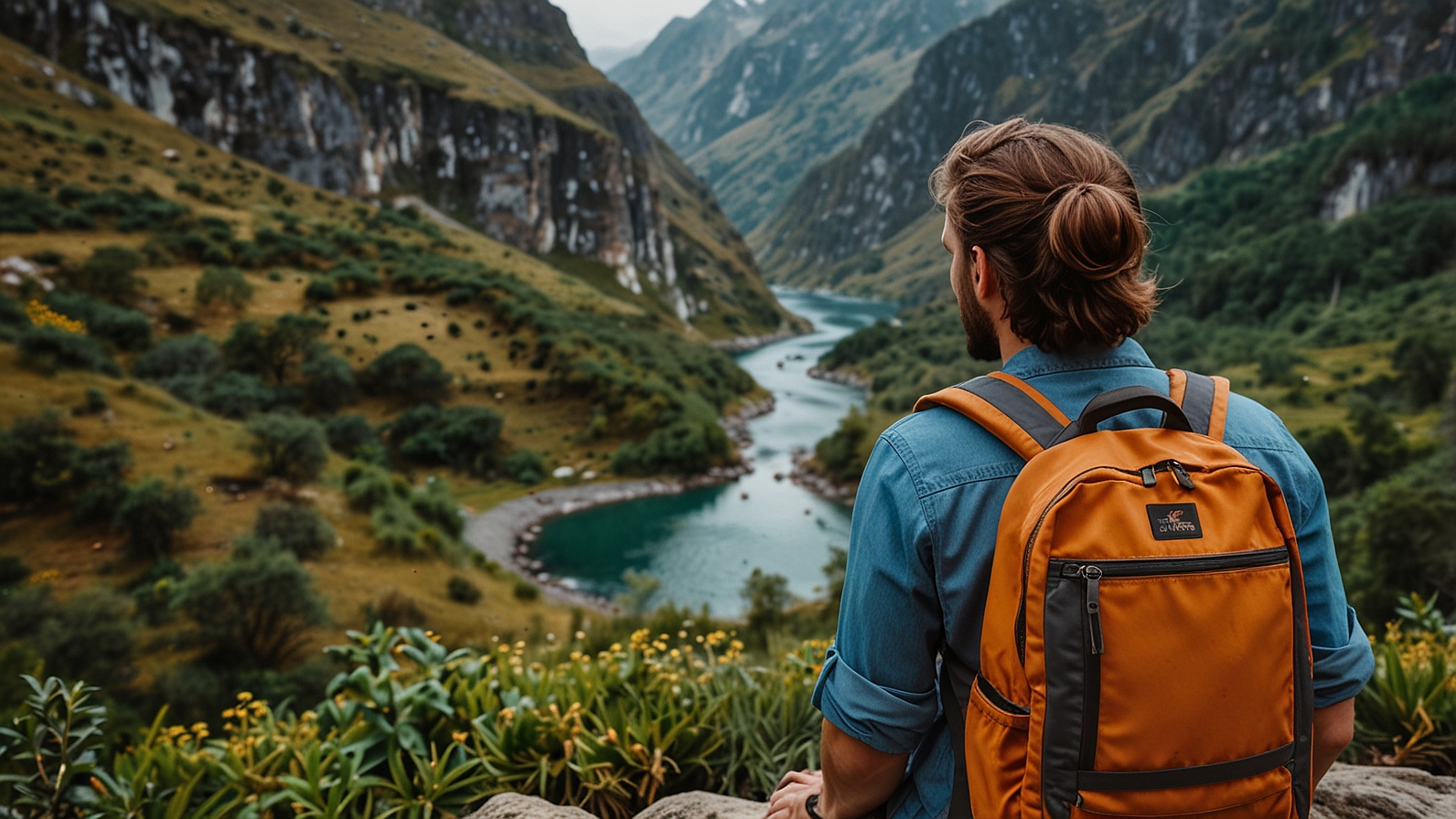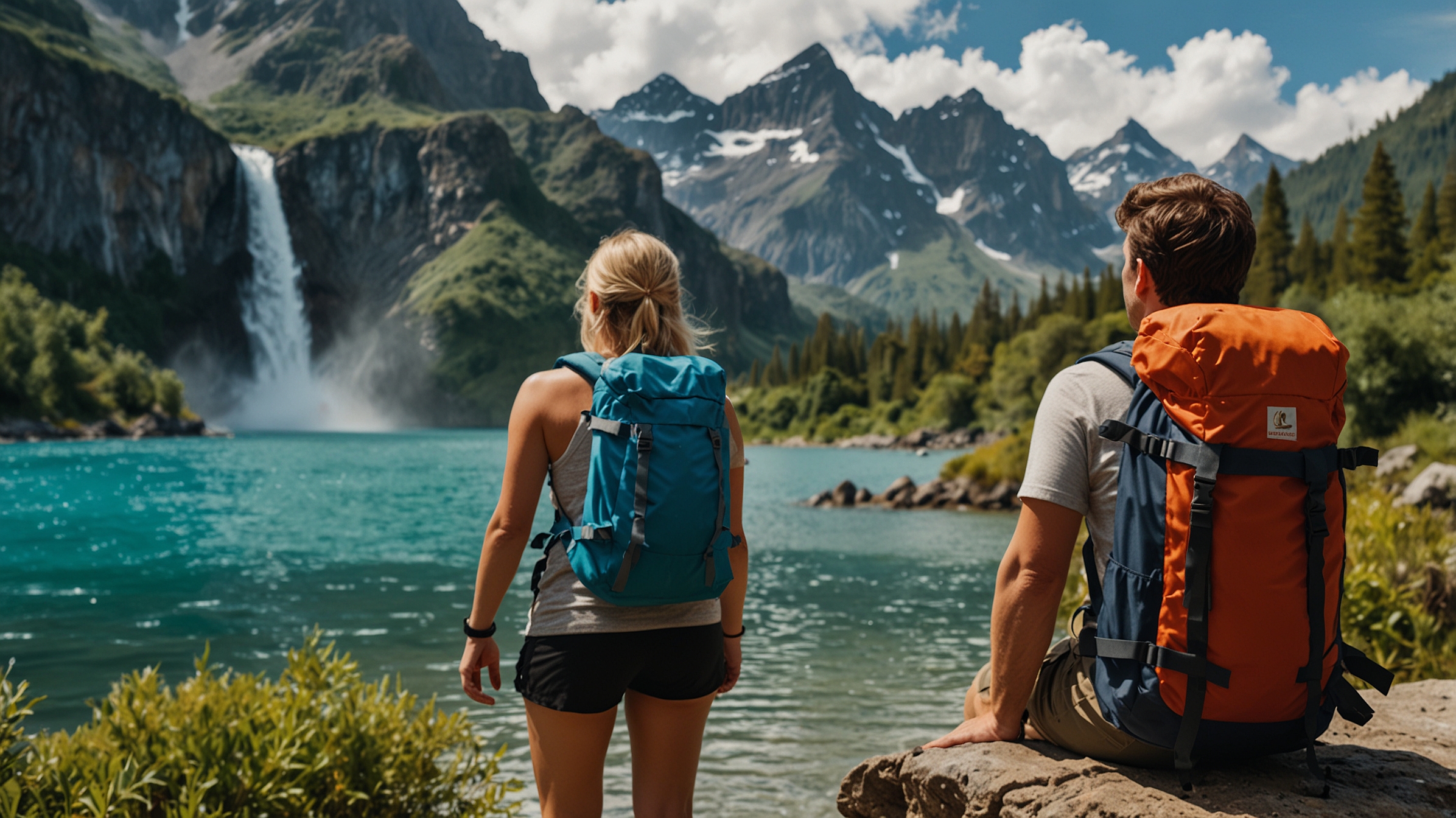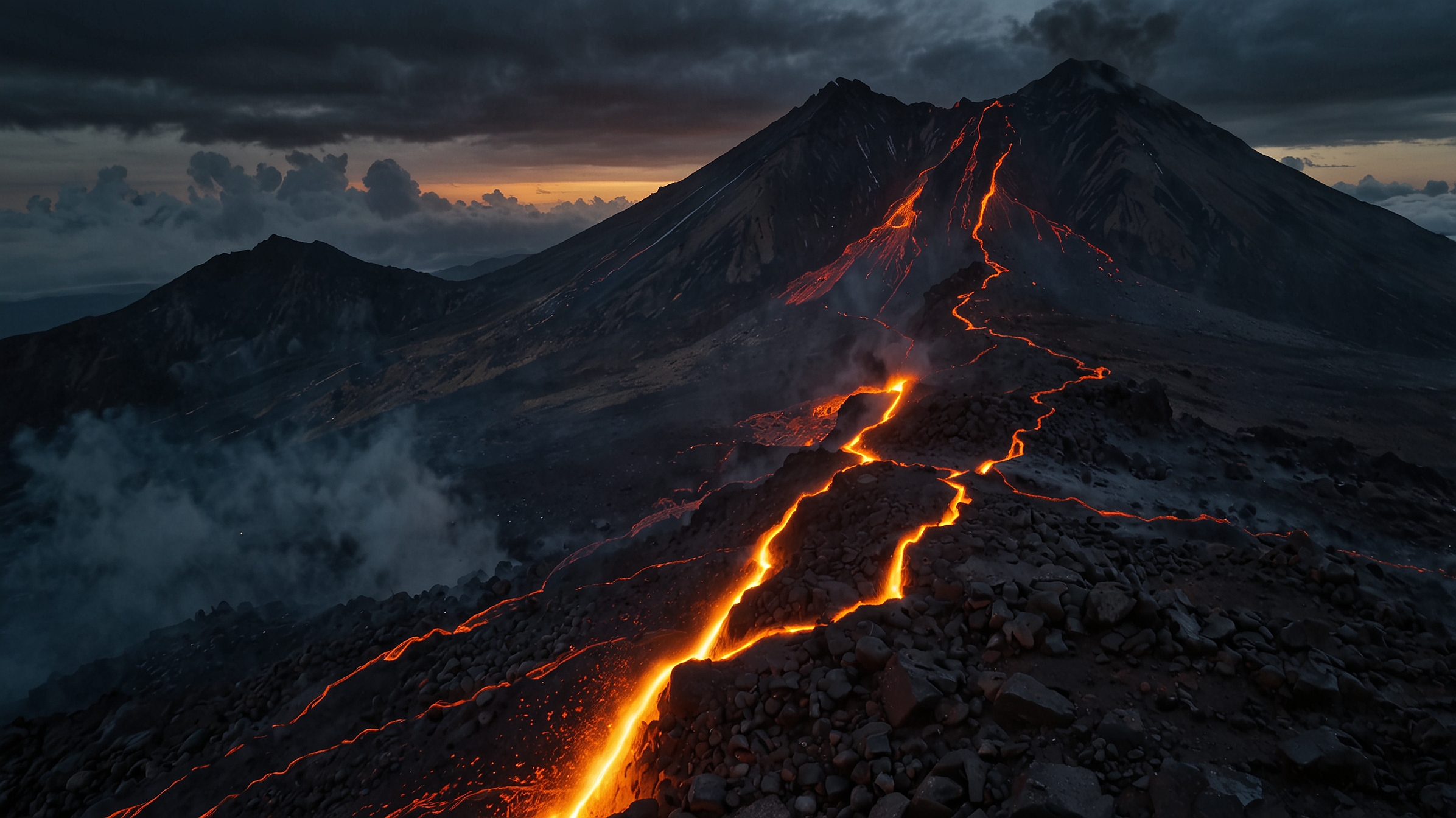Solo travel is a transformative experience. It pushes you out of your comfort zone, offers unparalleled freedom, and allows for personal growth in ways you never imagined. But if you’re a first-time solo explorer, the thought of venturing into the unknown can feel daunting. Here are some empowering tips to help you confidently embark on your solo travel journey.
1. Start Small
For your first solo trip, consider starting with a destination that feels manageable. Pick a city or region with a reputation for being safe and welcoming to travelers. Domestic travel or nearby countries are great initial choices, giving you a chance to ease into the experience while still feeling relatively close to home.
2. Research and Plan Thoroughly
Preparation is key to a stress-free solo trip. Research your destination thoroughly, including:
- Local customs and culture.
- Transportation options.
- Safety tips specific to the area.
Having a loose itinerary with key attractions, restaurants, and accommodations can help you feel more organized. However, leave room for spontaneity—one of the joys of solo travel.
3. Prioritize Safety
Safety is a top concern for solo travelers, but with careful planning, risks can be minimized:
- Share your itinerary with a trusted friend or family member.
- Keep copies of important documents (passport, ID) in both physical and digital forms.
- Use apps like Google Maps and offline travel guides to avoid looking lost.
- Be cautious about sharing your location and plans with strangers.
4. Pack Smart
Traveling alone means you’re solely responsible for your belongings. Pack light, choosing versatile clothing and essential items to avoid being weighed down. A good backpack or carry-on suitcase can make moving between locations much easier. Include a first-aid kit and travel-sized toiletries for added convenience.
5. Embrace Solo Dining
For some, eating alone can be intimidating. Transform it into an opportunity to enjoy your own company:
- Bring a book, journal, or guidebook to browse while dining.
- Choose restaurants with communal seating or opt for cafes with outdoor seating, perfect for people-watching.
- Use this time to reflect on your experiences and plan your next adventure.
6. Stay Connected
While solo travel is about independence, staying connected to loved ones provides peace of mind:
- Check in regularly via calls or messages.
- Use apps like WhatsApp or Skype for affordable international communication.
- Join local travel forums or groups to connect with fellow solo travelers for shared experiences.
7. Be Open to New Experiences
One of the most empowering aspects of solo travel is the ability to make decisions entirely for yourself. Say “yes” to activities that interest you and challenge your comfort zone:
- Take a local cooking class.
- Join a guided tour for a mix of social interaction and expert insights.
- Explore off-the-beaten-path locations.
8. Learn to Enjoy Solitude
Solo travel is an opportunity to truly connect with yourself. Take moments to pause and appreciate your journey:
- Reflect on your goals and achievements.
- Immerse yourself in the present, free from distractions.
- Journal about your experiences to create lasting memories.
9. Trust Your Instincts
Your intuition is a powerful tool. If a situation or person feels off, trust your gut and remove yourself from it. Confidence grows with experience, so remember that every solo travel moment—good or challenging—is part of your growth.
10. Celebrate Your Independence
Solo travel is an act of empowerment. You’re navigating the world on your terms, learning about different cultures, and becoming more self-reliant. Each step you take strengthens your independence and expands your perspective.
Conclusion
Solo travel isn’t just about seeing new places—it’s about discovering yourself. With preparation, an open mind, and a sense of adventure, your first solo trip can become a life-changing experience. So, pack your bags, embrace the unknown, and savor the journey. The world awaits you!











